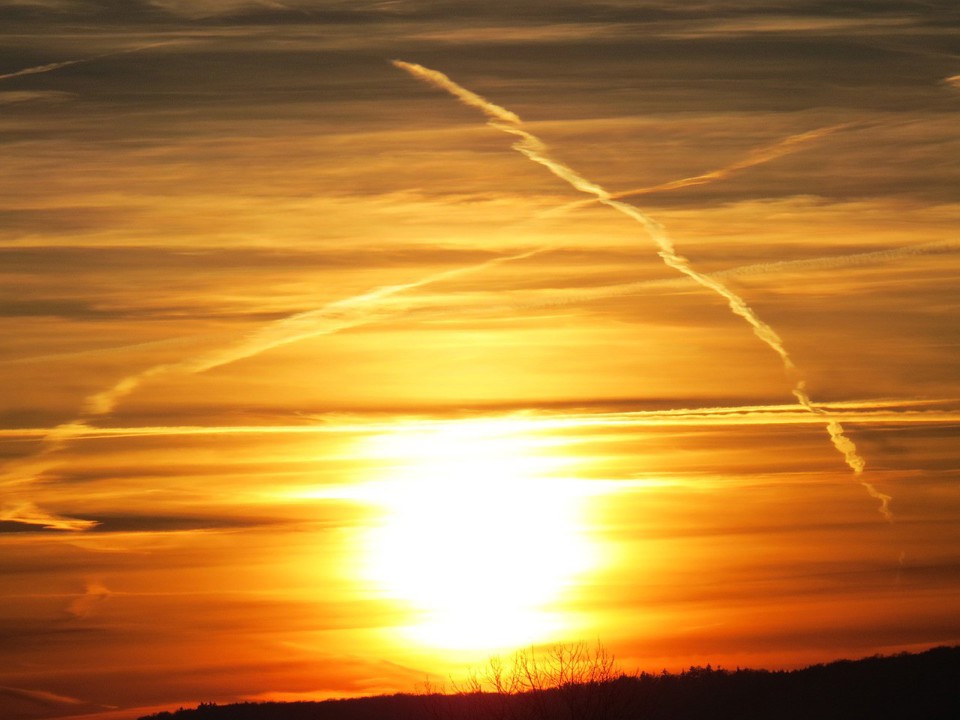Next week around 40 scientists and policymakers will meet in Wellington to familiarise themselves with the principles behind geoengineering, and the implications for New Zealand.
The workshop on Tuesday 8 March is being hosted by the Royal Society of New Zealand and the presenters include scientists from a range of organizations including NIWA.
Efforts to rein in greenhouse gas emissions have been relatively insignificant to date, and atmospheric levels are now rising more sharply. In the absence of mitigation, geoengineering could offer an alternative option by preventing the potentially catastrophic climate-change tipping points that face us. Yet, despite a plethora of suggested schemes, very few have been tested, and there are no national or international policies controlling these activities.
What are the geoengineering options?
Geoengineering techniques to reduce global warming can be broadly divided into two types - Solar Radiation Management (SRM), in which the amount of heat entering the lower atmosphere is reduced; and Carbon Dioxide Reduction (CDR), in which the primary greenhouse gas CO2 is removed from the atmosphere.
Scientists will be providing information on the different approaches that could be applied in the atmosphere, ocean and on land, with examples including Biochar (burnt wood like charcoal) and artificial trees, injecting reflective particles into the atmosphere and increasing cloud cover, pumping liquid CO2 into the deep ocean and fertilization of the ocean with iron.
The potential benefits and flaws of each approach will be considered, with a focus on effectiveness, cost, monitoring, verification and potential side-effects.
The workshop is interactive, and the participants will use complex decision-making software to explore the many issues – from safety to economics – when considering the merits of any geo-engineering scheme. This will permit each participate to obtain a better personal grasp of the central issues surrounding this subject.
The workshop will also consider geoengineering policy – how should New Zealand deal with geoengineering? – and the regional effects of geoengineering.
Speakers that may be of interest to journalists include:
Dr Cliff Law is a senior scientist at NIWA with expertise in the interactions between atmospheric and oceanic processes. Dr Law will present a summary of proposed geoengineering techniques to be used in the open ocean, including several that could be used in waters south of New Zealand.
Dr Mike Harvey is a senior scientist at NIWA who specialises in atmospheric processes including the production and fate of climate-reactive gases. Mike will present an overview about how the lower and upper atmosphere could be a venue for various geoengineering methods.
Dr Philip Boyd is based at NIWA and Otago University’s Joint Centre of Research Excellence operated by the Centre for Chemical & Physical Oceanography. He is an ocean biogeochemist and will explore the potential criteria that could be used to rank the suitability of a range of geoengineering methods (ocean, atmosphere and land-based approaches).
Franz Ombler is one of the founders of 1000minds. Based on University of Otago research, 1000minds’ decision-support software assisst decision makers with addressing many-faceted questions, and that will be used at this workshop to target and dissect issues surrounding geoengineering.
– The Royal Society of New Zealand press release, Scoop, 4 Mar 2011
Have confidence in your decisions
1000minds is proud to help organizations and individuals around the world improve their decision-making processes and discover customer preferences. The ‘secret spice’ behind our innovative approach is our award-winning, patented PAPRIKA method, which makes the process simple, smart and fun!
Curious about how 1000minds can help you? Sign up for our free trial or book a demo with our friendly team today.
Share this post on:
